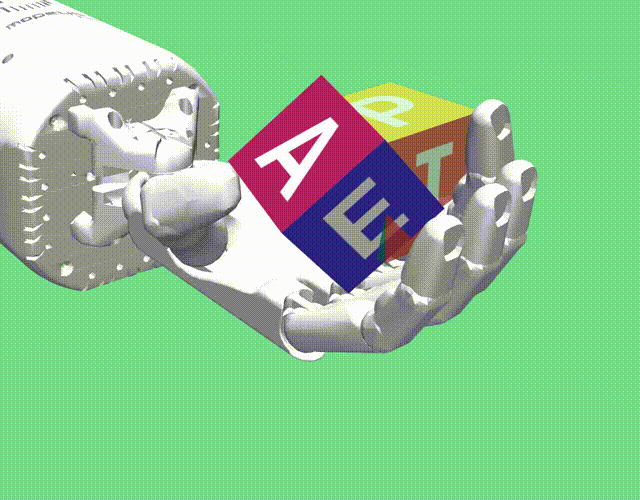
In this project / thesis, you will explore recent advances in deep learning for manipulating objects with robotic hands in simulated environments [1][2]. You will try out solutions that cleverly combine deep reinforcement learning, supervised learning, and engineering.
[1] https://blog.openai.com/ingredients-for-robotics-research
[2] https://openai.com/blog/solving-rubiks-cube
If you would like to know more about this thesis / project opportunity, please contact:
Dr. Andrew Melnik <andrew.melnik(at)uni-bielefeld.de>











































